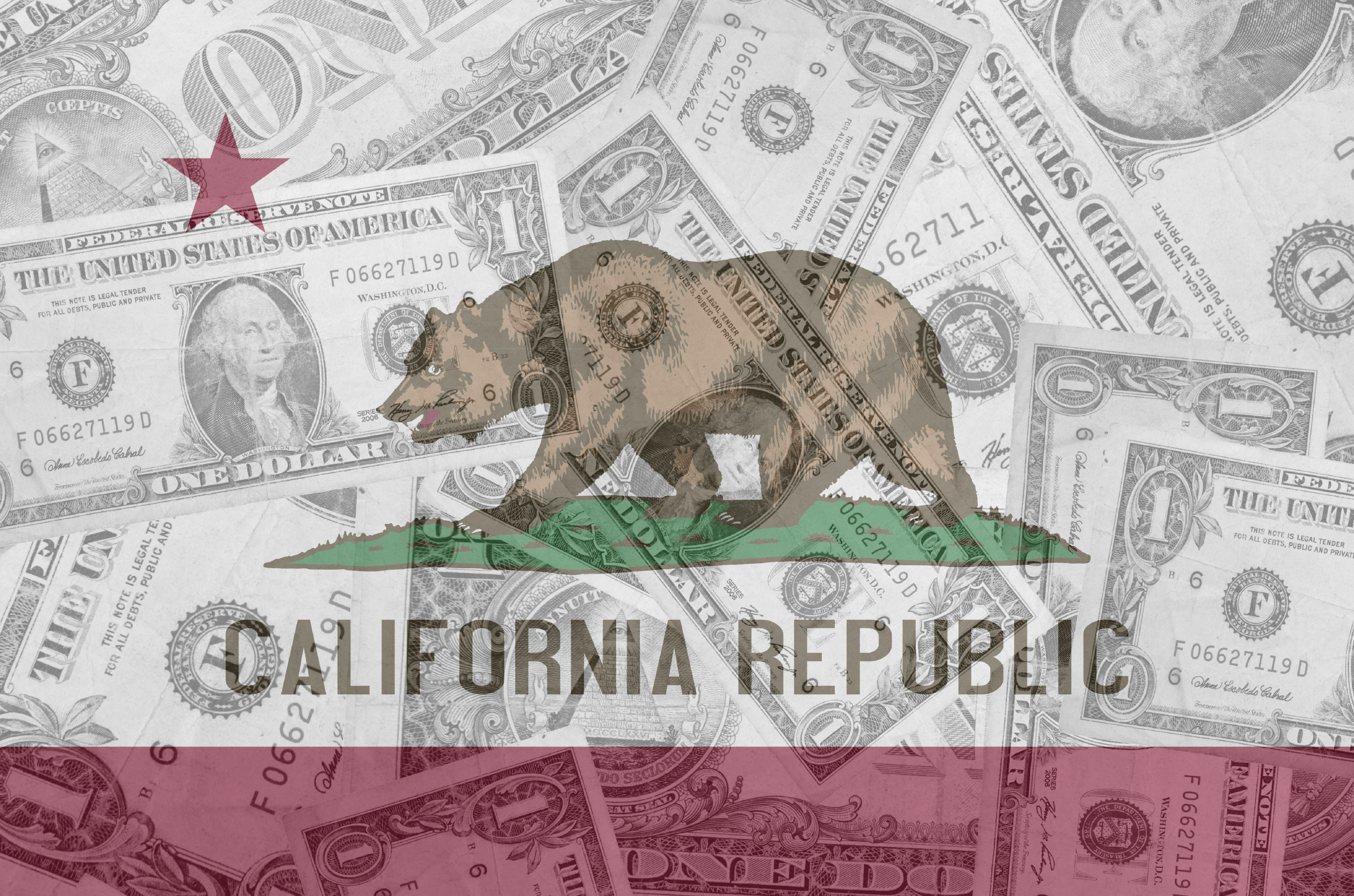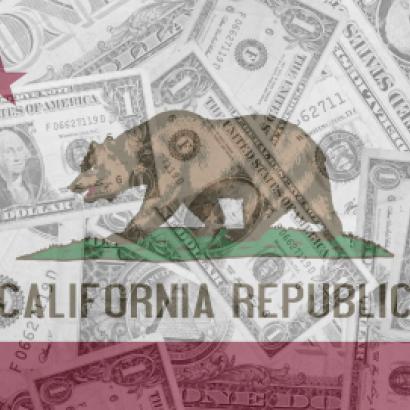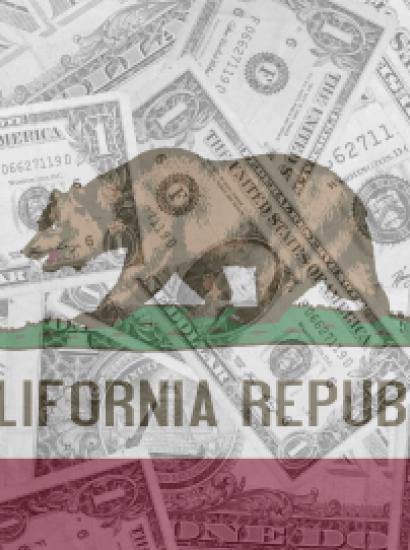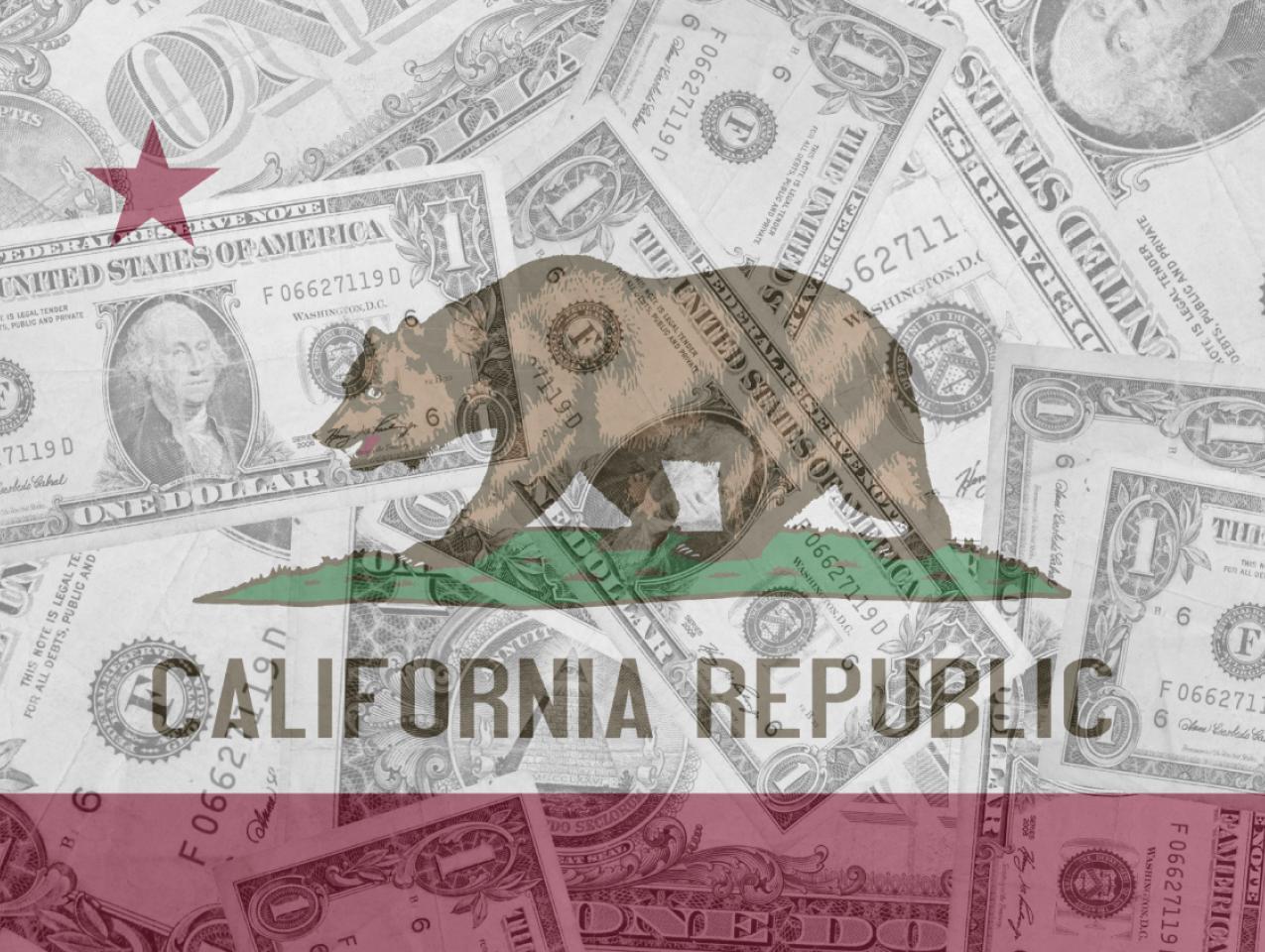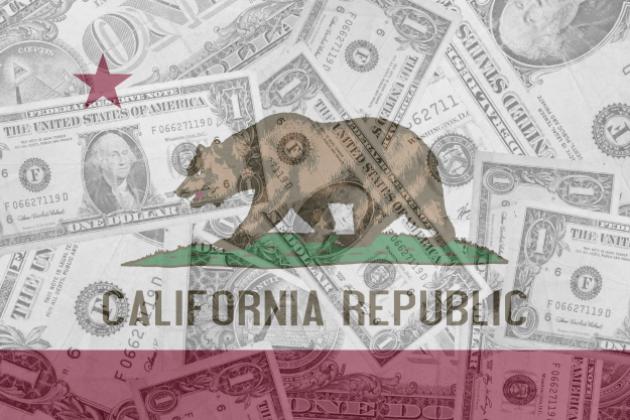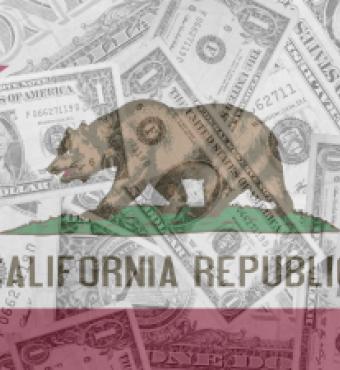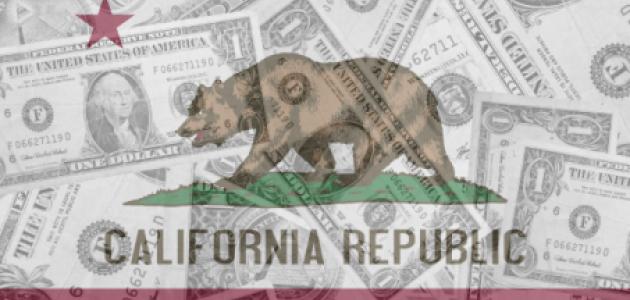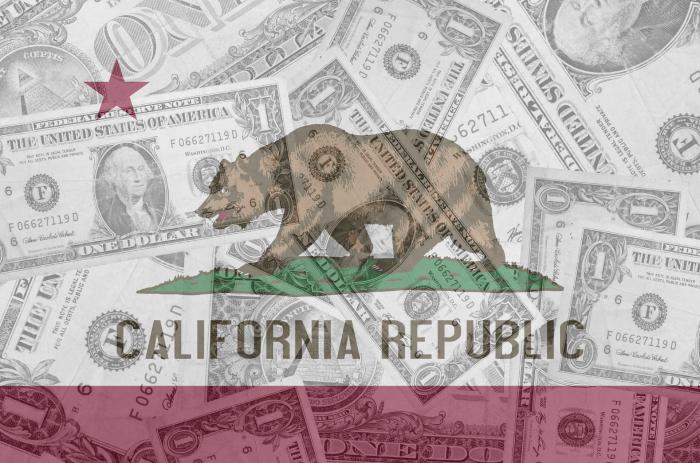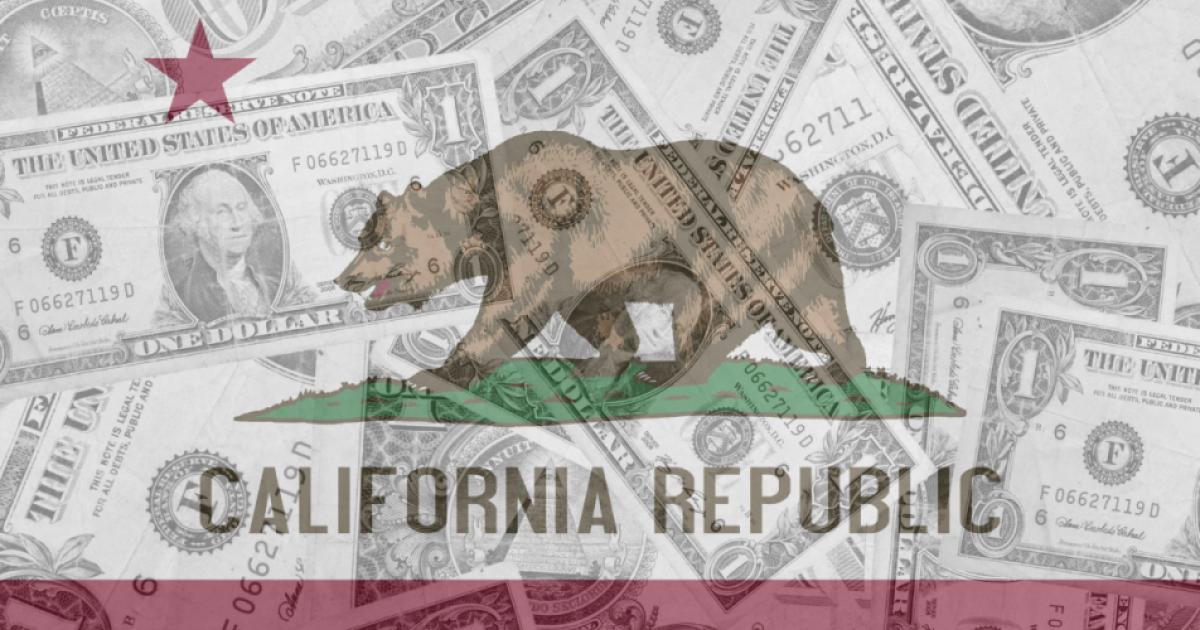Forget about death and taxes as life’s only certainties.
If a ballot initiative rewriting California’s Proposition 13 comes up for a vote in November (it has until mid-April to qualify for the ballot; if approved, the so-called “split-roll” measure would readjust taxes on commercial property statewide but not those on residential property) the proponents of that change will do their level best to convince voters that Prop 13, which has been in effect for over 40 years, is the “patient zero” of all that presently ails the Golden State.
Why do we know this? Because, over the years, Prop 13 has been blamed for California’s housing shortage, inadequate per-pupil spending in public schools, and local government’s ability to control property tax revenue—not to mention fooling taxpayers into naively believing that they can have the best of government services with a compromised revenue stream.
Give a well-funded campaign six months to flood the airwaves with hard spin and Prop 13 will end up as the root cause of every California annoyance, be it traffic gridlock, high food prices, and the Los Angeles Dodgers cheated out of one, maybe two, World Series titles.
If we’re going to demonize a 1970s policy change, here’s a thought: why not a closer look at an act—led by a governor, not voters—that altered California’s landscape. That act: giving teachers and public school employees the right to bargain collectively, which then governor Jerry Brown granted in 1975 when he signed SB 160, otherwise known as the Educational Employment Act.
What Brown did set into motion the creation of a political monster—government workers’ unions that dominate Sacramento through their pressure tactics, underwriting of political campaigns, and the swaying of hearts and minds through funding or fighting against numerous ballot measures.
Look no further than the anticipated split-roll measure. The Schools and Communities First campaign, spearheaded by the California Teachers Association, would raise as much as $11.4 billion in revenue a year. CTA’s interest? Under state law, 40% of that would go to K–12 schools and community colleges.
A Mickey Mouse measure it’s not, even if Disneyland would be in for a significant tax hit if its property tax was based on current land value. That’s because when CTA gets involved in initiative battles, it’s the mouse that roars.
That begins with resources to marshal. CTA has various funds it can use for political purposes, made possible by the dues contributions of its 325,000-plus members. That includes a “Political Allocation Fund” that fuels the union’s political action committee (it gives to statewide and legislative candidates), an “Independent Expenditures Fund” (it spends on candidates, without any coordination with either of the two major parties), an “Initiative Fund” (self-explanatory, though the choice is whether to back or smack ballot measures), an “Advocacy Fund” that goes to scholarships and teacher-led school improvement efforts, and a ”Media Fund” that finances more altruistic political efforts (for example, back-to-school ads).
Add it up—and this education analyst did—and as of last fall CTA was sitting on roughly $40 million available to advance its agenda, with more on the way once the school year began and teachers began to get paid.
But a deep money trove is only part of the story. It’s not just that CTA has the resources to influence political and policy outcomes in California. The union spends what it takes to win.
Here’s a report that the watchdog California Fair Political Practices Commission released detailing 15 special interest groups that spent a combined $1 billion trying to influence California lawmakers and voters in the century’s first decade.
Some of the names won’t surprise you—Chevron, AT&T, Pacific Gas & Electric. But at the top of the list, with nearly $212 million in spending—almost double the second-place finisher, the California State Council of Service Employees—the California Teachers Association.
How did CTA spend its money? Over $144 million went to ballot measures, $16.7 million to candidates, $6.6 million to political parties, and nearly $5.9 million to various campaign committees. The remaining $38.5 million was spent on lobbying officials.
The biggest chunk of that $144 million outlay on ballot measures went to the defeat of 2000’s Proposition 38, which offered the heretical notion of school vouchers. CTA spent almost $26.4 million shoveling dirt on Prop 38’s grave (it received less than 30% voter support).
Now, consider how CTA acted when it didn’t consider itself not merely challenged but backed into a corner with California’s 2005 special election that featured a handful of ballot measures backed by then governor Arnold Schwarzenegger.
Those measures: Proposition 74, which would have stiffened California teacher tenure rules; Proposition 75, which would have barred public-employee unions (including CTA) from using members’ dues for political purposes without their annual consent; and Proposition 76, which would have imperiled higher education spending by allowing lawmakers to ignore constitutionally guaranteed funding levels during dire times.
All three measures lost badly—not a one coming within 546,000 votes of winning. But the impact of the election wasn’t so much the ballots’ outcome as it was the psychological message delivered to a governor just two years into his tenure. An overconfident Schwarzenegger overestimated CTA’s will to win.
In the years since, there has been no such knock-down-drag-out fight between a California governor and the state’s most powerful special interest. That includes Jerry Brown’s return to the governor office, which spanned 2011 to 2019.
Though it didn’t start that way.
In May 2011, CTA organized a protest-filled “State of Emergency” week to make plain its desire for higher taxes for education spending. Brown apparently got the message; a year later, he led the ballot fight for Proposition 30, which increased California’s sales and income taxes ostensibly for the good of public schools (an extension of Prop 30, 2016’s Prop 55, was approved without Brown’s direct involvement).
That was a public act of comity between a California governor and the teachers’ union. A different show of sway occurred several years later, with the US Supreme Court’s determination in Janus that public employees aren’t required to pay fees to unions to cover the costs of collective bargaining (the court deemed that collective bargaining, because it involves budget and tax dollars, is inherently political).
On the same day that the Janus ruling emerged, Brown signed a new state law making clear that control of payroll deductions for union dues lies firmly in the hands of unions, not employers. A few months later, Brown signed another state senate bill saying that California unions and public agencies can’t be held liable for fees that unions collected pre–Janus ruling.
Fast-forward now to 2020 and Gavin Newsom, just beginning his second year as governor, having to navigate both CTA and the Brown legacy of collective bargaining that empowered public-employee unions.
Newsom is no different from other state capitol Democrats who want more money for public schools. He just hasn’t decided what path to pursue: support CTA and the “split-roll” initiative; cut a deal with legislature that appeases CTA by raising taxes without antagonizing California’s business community; or wait until 2022 (his re-election) and create a separate ballot measure.
Meanwhile, it’s Brown’s actions back in the 1970s that complicate 21st-century California budgeting. Bad deals between empowered public-employee unions and labor-friendly Democratic lawmakers have boomeranged against California taxpayers—and saddled the state with crushing pension-obligation debt.
To his credit, Brown took on pension reform in the previous decade. But he didn’t get very far. His reforms will save maybe $38 billion between now and 2050, with public retirement debt surpassing $400 billion per the State Controller’s Office.
But that $400 billion figure is a ground-floor estimate. Joe Nation, a Stanford University professor and the project director for PensionTracker at the Stanford Institute for Economic Policy Research, ballparks California’s pension debt at closer to $1.1 trillion—or $81,300 of pension debt per California household.
What the Golden State now has is a growing class of six-figure public pensioners. Per Transparent California, a project of the Nevada Policy Research Institute, the California Public Employees Retirement System (CalPERS) issued nearly 31,000 pensions checks in 2018 worth $100,000 or more (as opposed to about 14,600 in 2012). The California State Teachers' Retirement System (CalSTRS) issued more than 15,550 six-figure pension checks in 2018 versus a little more than 6,000 back in 2001.
How does this affect Newsom in the here and the now?
The governor’s recently unveiled budget proposal includes $3 billion for CalPERS and an extra $2.9 billion, spread over four years, for CalSTRS. That’s surplus money invested at present into the pension system, to cover ballooning costs down the road.
To the adage that a conservative is “a liberal mugged by reality,” one would think this might prompt Newsom to rethink union sway. Yet last October, he signed a state assembly bill granting collective-bargaining rights to more than 40,000 child-care providers (11 other “blue” states nationwide allow such workers to strike bargains over wages and job benefits).
What will those benefits look like after a few decades of sweetheart deals?
That’s a good question. But if the law’s still around, rest assured that Proposition 13 will shoulder the blame.







